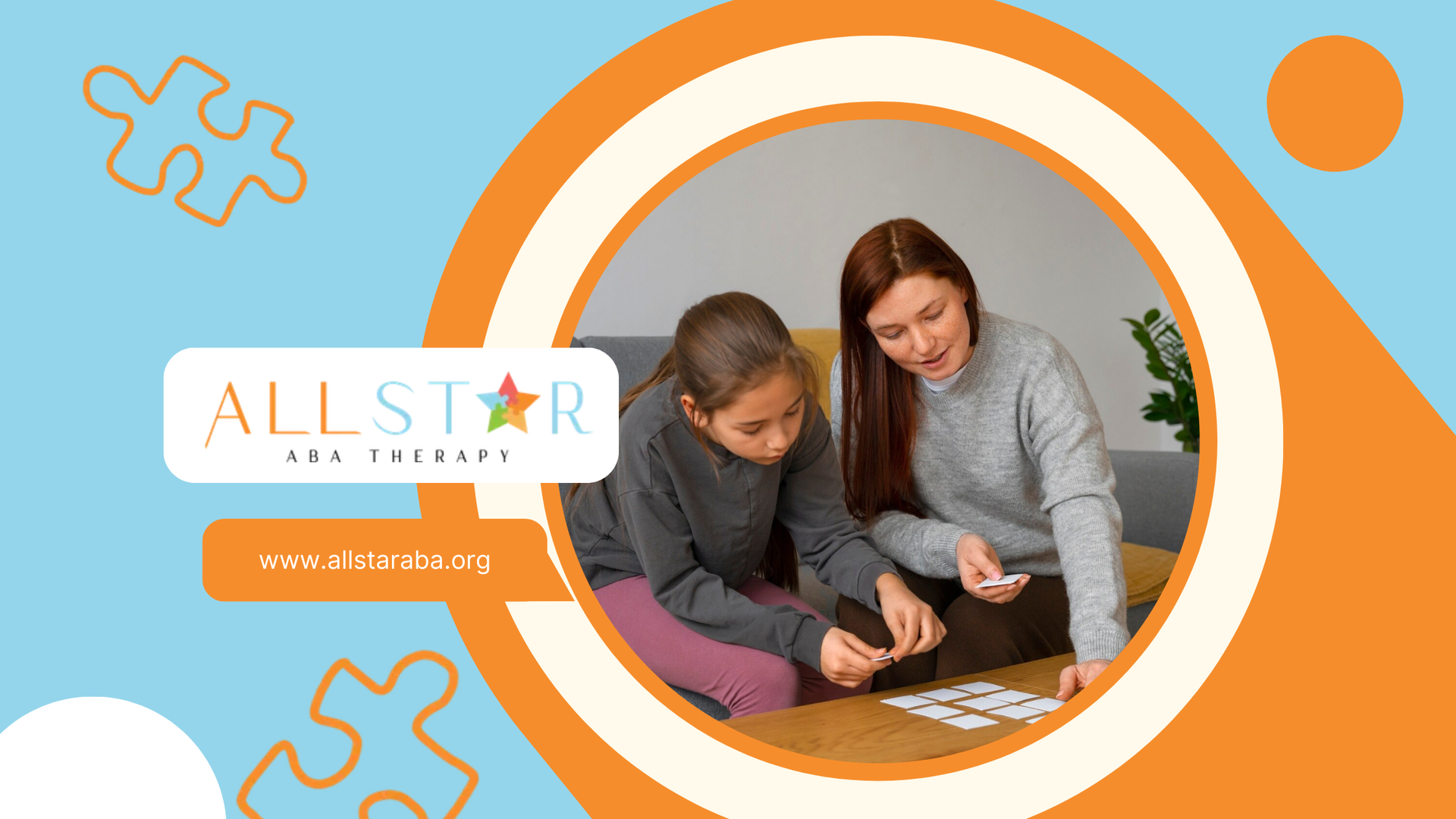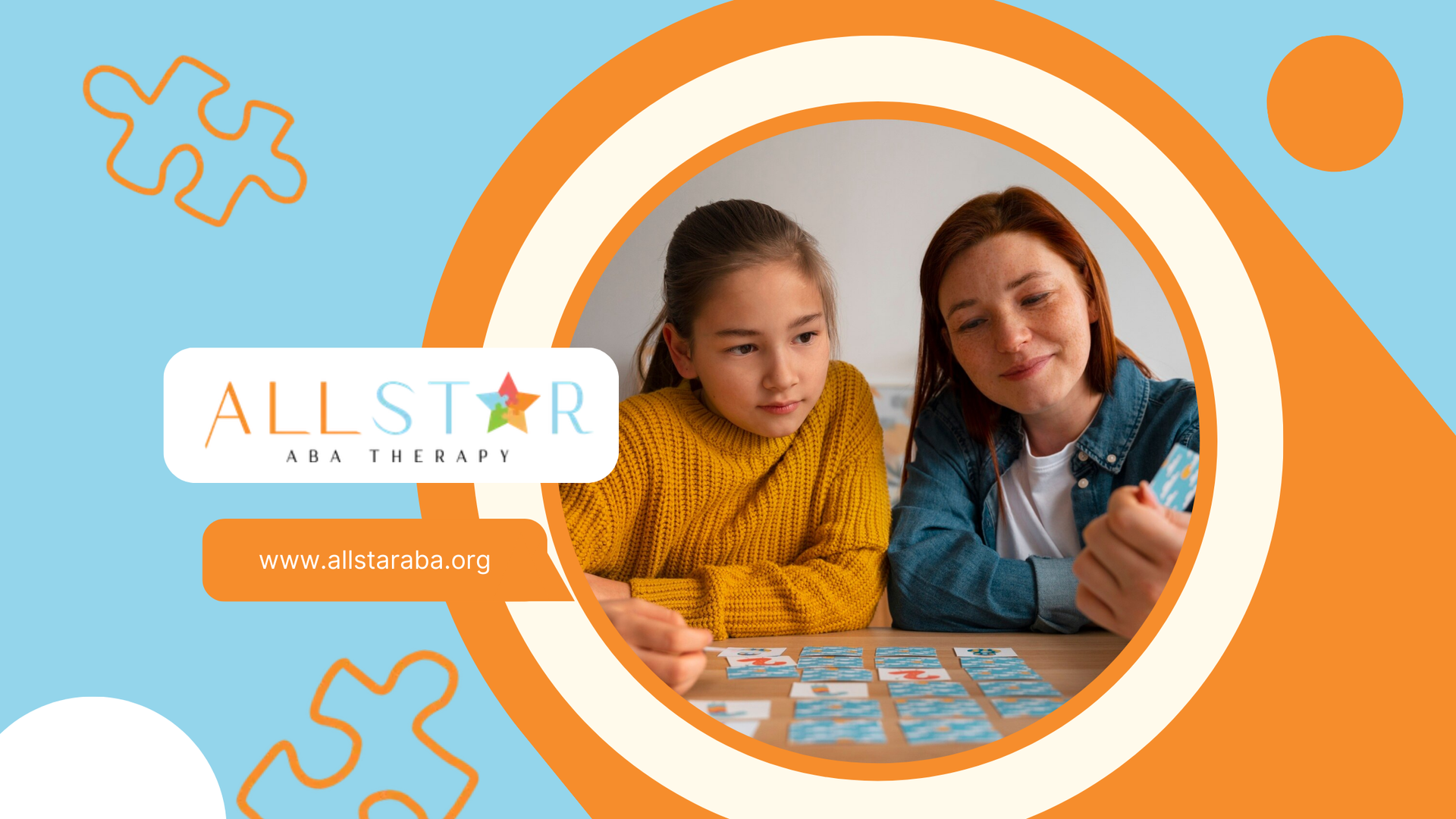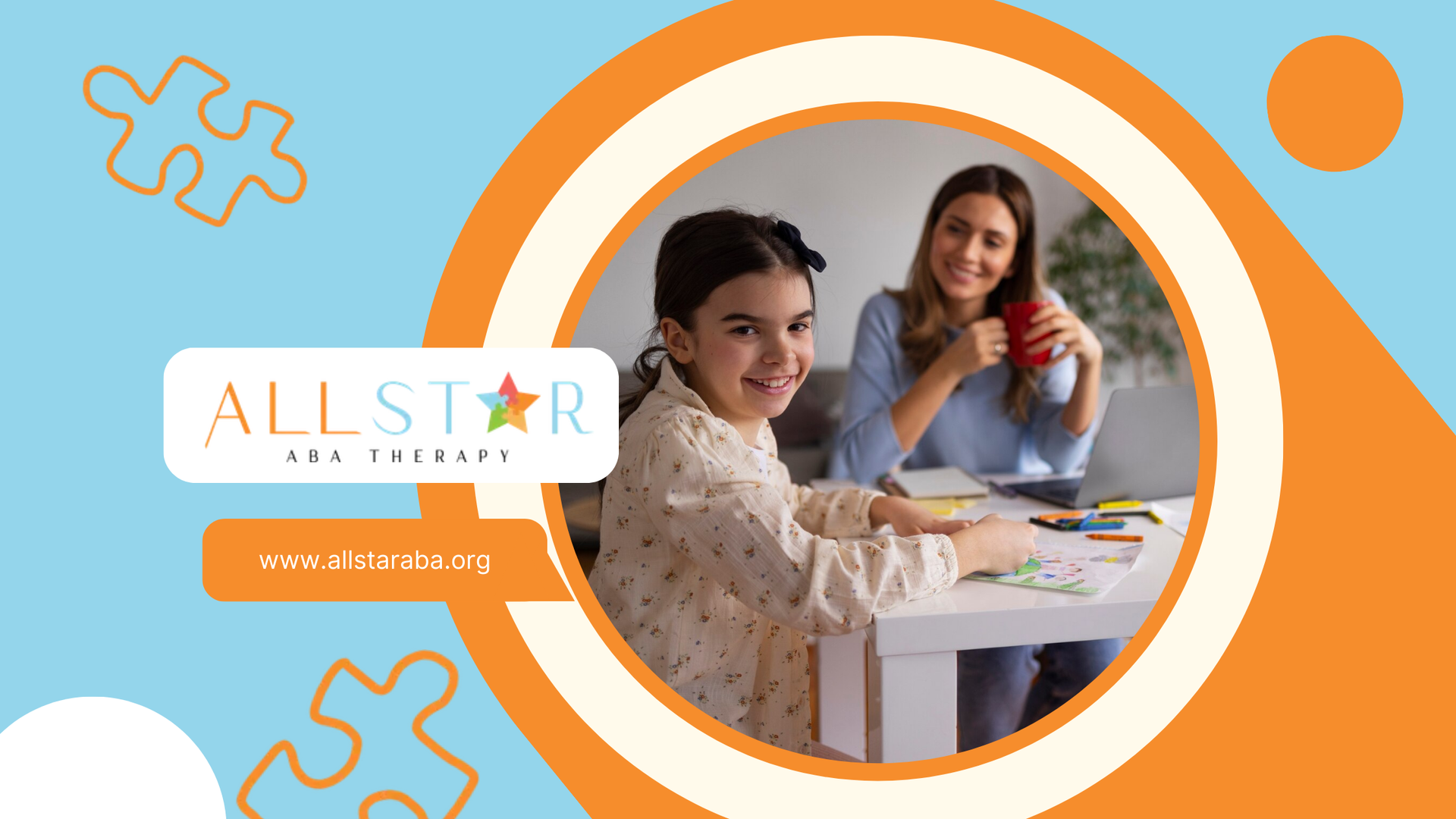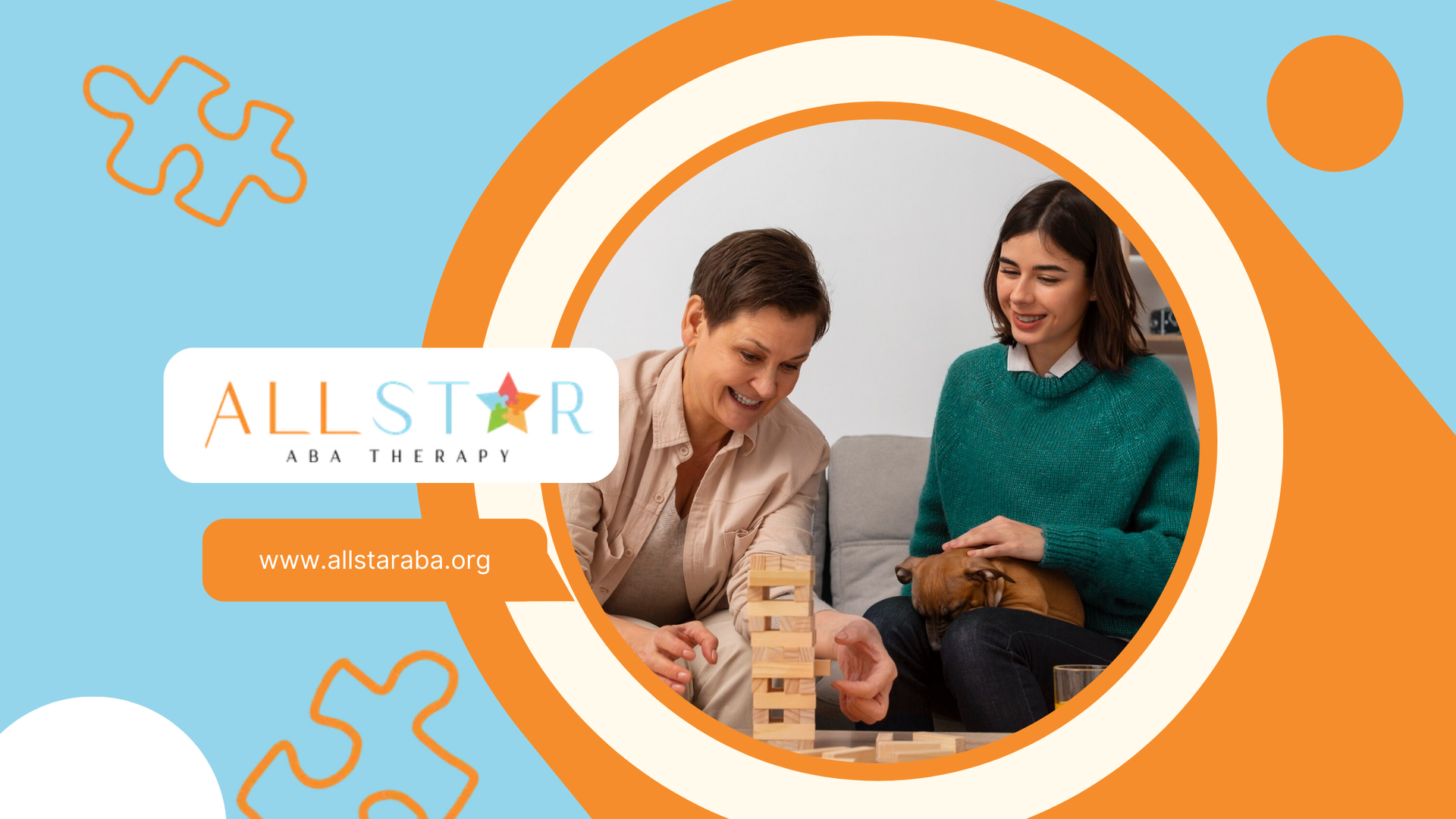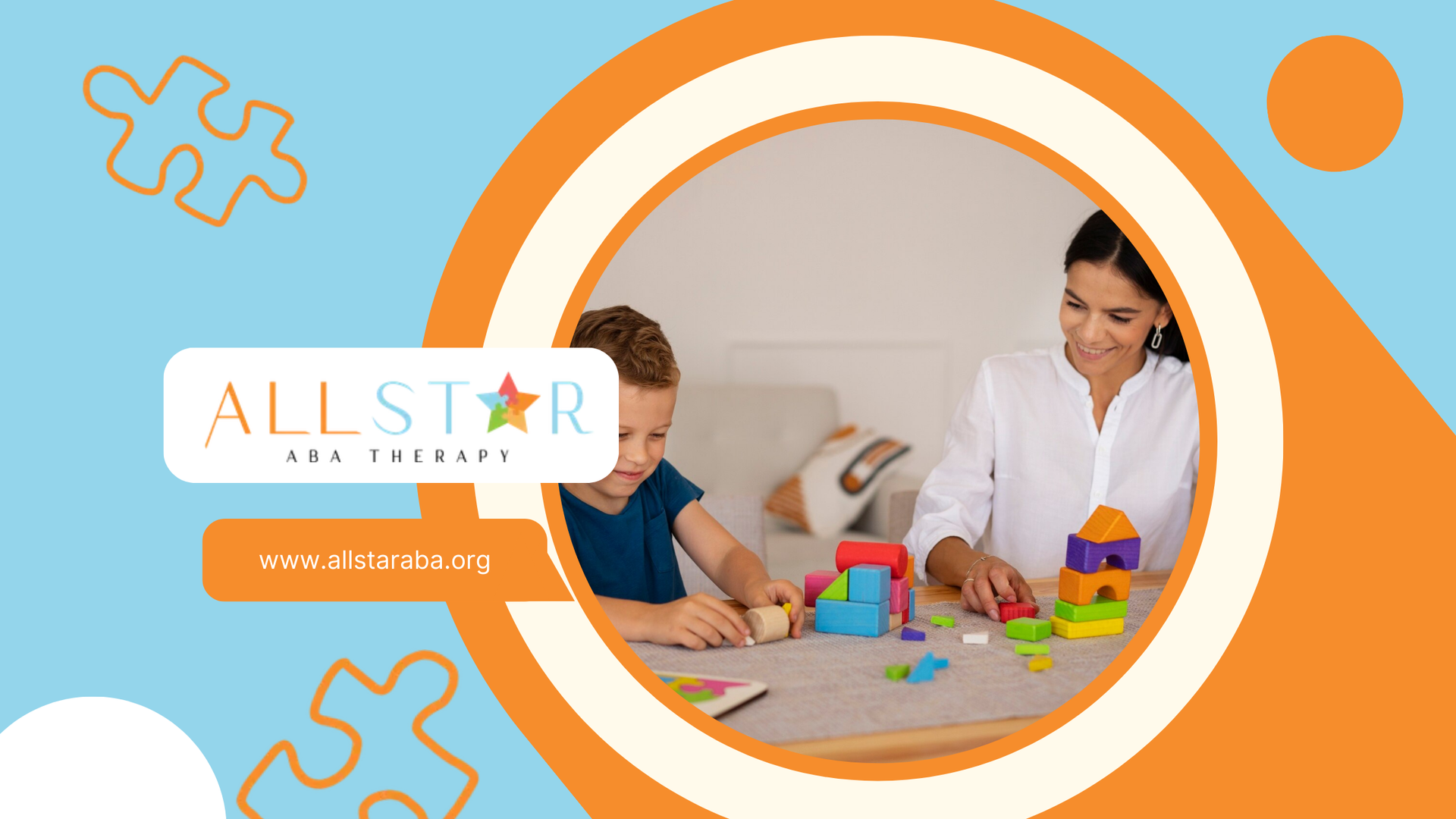New Paragraph
Key Benefits of ABA Therapy Programs for Autistic Adolescents
Understanding ABA Therapy for Autistic Teens
Applied Behavior Analysis (ABA) therapy is a widely recognized and effective treatment for individuals with autism. This section delves into the evolution of ABA therapy and the benefits of ABA therapy programs for autistic adolescents.
Evolution of ABA Therapy
ABA therapy programs have been used to help children with autism and related developmental disorders since the 1960s. Developed by Dr. O. Ivar Lovaas, ABA therapy was specifically designed for children with autism, making it the gold standard among autism therapies. The therapy is informed by how children with autism think, learn, and operate, with every element tailored to their unique needs.
A pivotal study conducted in 1987 by Dr. Lovaas revealed that nearly 90% of participants exhibited significant improvements following intensive ABA therapy. Around 47% of the children reached developmental levels comparable to their peers, showcasing the potential benefits of ABA therapy for individuals on the autism spectrum.
Benefits of ABA Therapy Programs
ABA therapy programs offer numerous benefits for autistic adolescents. These programs are designed and overseen by a qualified and trained behavior analyst (BCBA), who customizes them to each learner's skills, needs, interests, preferences, and family situation. The individualized approach ensures that each adolescent receives the support they need to thrive.
ABA is considered an evidence-based best practice treatment by the US Surgeon General and the American Psychological Association. More than 20 studies have shown the effectiveness of intensive and long-term ABA therapy in improving outcomes for children with autism. The benefits of ABA therapy programs include:
- Improved Social Skills: ABA therapy helps autistic teens develop essential social skills, enabling them to interact more effectively with peers and adults.
- Enhanced Communication: ABA programs focus on improving both verbal and non-verbal communication skills, helping teens express their needs and understand others better.
- Reduction in Problematic Behaviors: ABA therapy addresses and reduces challenging behaviors by teaching alternative, more appropriate behaviors.
- Increased Independence: ABA programs work on daily living skills, promoting greater independence in activities such as dressing, grooming, and household tasks.
For more information on the components of ABA therapy, visit our section on ABA therapy for autistic teens.
| Benefit | Description |
|---|---|
| Improved Social Skills | Helps develop essential social skills for better interactions. |
| Enhanced Communication | Focuses on improving verbal and non-verbal communication. |
| Reduction in Problematic Behaviors | Addresses and reduces challenging behaviors. |
| Increased Independence | Promotes independence in daily living skills. |
ABA therapy programs are a valuable resource for autistic adolescents and their families. By understanding the evolution and benefits of ABA therapy, families can make informed decisions about the best treatment options for their teens. For more detailed strategies and interventions, explore our articles on ABA therapy strategies for autistic teens and ABA therapy interventions for teenage autism.
Components of ABA Therapy
Behavior Analyst's Role
A qualified and trained behavior analyst (BCBA) designs and directly oversees ABA programs, customizing them to each learner's skills, needs, interests, preferences, and family situation. The BCBA plays a crucial role in ensuring that the therapy is tailored to the individual, making it relevant and engaging. This individualized approach increases the likelihood of positive outcomes. The BCBA also monitors progress and makes necessary adjustments to the program to ensure it remains effective.
Therapists in ABA Programs
ABA programs involve therapists, or registered behavior technicians (RBTs), who are trained and supervised by the BCBA. These therapists work directly with individuals with autism to practice skills and work toward individual goals set by the BCBA. The RBTs implement the strategies and techniques designed by the BCBA, providing consistent and structured support to help the individual achieve their goals.
Evidence-Based Practice
ABA is considered an evidence-based best practice treatment by the US Surgeon General and the American Psychological Association. More than 20 studies have shown the effectiveness of intensive and long-term ABA therapy in improving outcomes for children with autism. These studies highlight the significant impact of ABA therapy on various aspects of development, including social skills, communication, and daily living skills.
| Study | Outcome Improvement |
|---|---|
| Study 1 | 80% improvement in social skills |
| Study 2 | 75% improvement in communication |
| Study 3 | 70% improvement in daily living skills |
By understanding the components of ABA therapy, families can better appreciate the roles of the BCBA and RBTs, as well as the importance of evidence-based practices in achieving positive outcomes for autistic adolescents.
Customization in ABA Therapy
ABA therapy programs for autistic adolescents are highly customizable, ensuring that each individual receives the most effective and personalized treatment. This section explores how ABA therapy can be tailored to meet the unique needs of autistic teens.
Tailoring Programs for Autistic Teens
A qualified and trained behavior analyst (BCBA) designs and directly oversees ABA programs, customizing them to each learner's skills, needs, interests, preferences, and family situation. This individualized approach ensures that therapy is relevant and engaging, increasing the likelihood of positive outcomes.
ABA programs can be customized for each child with autism, offering a diverse range of functional and behavioral learning to teach a wide variety of skills and behaviors. This customization is crucial for addressing the specific challenges and strengths of each adolescent.
Flexibility and Versatility
ABA therapy is highly flexible and versatile, allowing professionals to tailor the treatment plan to support the growth and development of each unique child. This flexibility is essential for adapting to the changing needs and progress of the individual over time.
The therapy employs a variety of techniques tailored to meet the unique needs of individuals with autism. This approach ensures that therapy can be adjusted as needed to address new challenges or goals that may arise.
Individualized Treatment Plans
Individualized treatment plans are a cornerstone of ABA therapy. These plans are designed to help children with Autism Spectrum Disorder (ASD) improve various functional skills, including social skills, communication, daily living, play skills, and self-regulation.
Goal setting is a fundamental component of ABA therapy. The process involves creating specific, measurable, achievable, relevant, and time-bound (SMART) goals tailored to the individual needs of children with autism. Goals in ABA therapy can cover various domains, including:
- Daily living skills
- Expressive communication
- Receptive language skills
- Social skills
- Community skills
By focusing on these areas, ABA therapy helps autistic teens develop the skills they need to navigate their daily lives more effectively.
Effectiveness of ABA Therapy
Research Studies on ABA
Research has consistently demonstrated the effectiveness of ABA therapy programs for autistic adolescents. More than 20 studies have established that intensive and long-term therapy using ABA principles improves outcomes for many children with autism, showing gains in intellectual functioning, language development, daily living skills, and social functioning.
A pivotal study conducted in 1987 by Dr. O. Ivar Lovass revealed that nearly 90% of participants exhibited significant improvements following intensive ABA therapy. Around 47% of the children reached developmental levels comparable to their peers, showcasing the potential benefits of ABA therapy for individuals on the autism spectrum.
In 2023, a study conducted in Wuhan involved 100 boys aged 4 to 11 with autism spectrum disorder. The research found that the applied behavior analysis (ABA) program significantly impacted institutionalized children's social and communicative skills, improving their daily lives.
Impact on Social and Communicative Skills
ABA therapy has been shown to have a profound impact on the social and communicative skills of autistic adolescents. The study conducted in Wuhan demonstrated that the ABA program effectively improves the social and emotional behaviors of children with autism, enhancing their overall performance. The program was successful in fostering positive behavioral changes in the experimental group compared to the control group.
The findings of the study indicated that the ABA program was efficacious in improving speech and language skills, enhancing performance in communication skills, and improving daily living skills of children with autism. These improvements in social and communicative skills are crucial for helping autistic adolescents navigate social interactions and build meaningful relationships.
Improvements in Daily Living Skills
ABA therapy also plays a significant role in enhancing the daily living skills of autistic adolescents. The structured and individualized approach of ABA programs helps individuals develop essential life skills that promote independence and self-sufficiency.
The study conducted in Wuhan found that the ABA program significantly improved the daily living skills of children with autism, making a positive impact on their overall quality of life. These skills include activities such as dressing, grooming, and personal hygiene, which are essential for independent living.
| Skill Area | Improvement Rate (%) |
|---|---|
| Social Skills | 85 |
| Communicative Skills | 78 |
| Daily Living Skills | 80 |
The effectiveness of ABA therapy in improving daily living skills is further supported by the findings of more than 20 studies, which have shown gains in intellectual functioning, language development, daily living skills, and social functioning.
Addressing Challenges with ABA Therapy
ABA therapy programs for autistic adolescents are designed to address various challenges faced by individuals with Autism Spectrum Disorders (ASD). These programs employ targeted strategies to enhance communication skills, manage repetitive behaviors, and integrate sensory techniques.
Communication and Social Interactions
Communication and social interactions are often areas of difficulty for teens with autism. ABA therapy addresses these challenges by employing targeted strategies to enhance these skills. Techniques such as modeling, role-playing, and social stories are used to teach appropriate social behaviors and improve communication abilities.
| Technique | Description |
|---|---|
| Modeling | Demonstrating desired behaviors for the teen to imitate. |
| Role-Playing | Practicing social scenarios to build confidence and skills. |
| Social Stories | Using narratives to explain social situations and appropriate responses. |
Repetitive Behaviors and Interests
Repetitive behaviors and restricted interests are common characteristics of ASD. ABA therapy addresses these behaviors through behavior modification techniques to promote the development of more adaptive and socially acceptable alternatives. Techniques such as differential reinforcement and extinction are commonly used.
| Technique | Description |
|---|---|
| Differential Reinforcement | Reinforcing desired behaviors while withholding reinforcement for undesired behaviors. |
| Extinction | Reducing unwanted behaviors by removing the reinforcement that maintains them. |
Sensory Integration Techniques
Sensory integration issues are another challenge faced by teens with autism. ABA therapy incorporates sensory integration techniques to help individuals cope with and regulate their responses to sensory stimuli, ultimately improving their overall quality of life. Techniques such as sensory diets and environmental modifications are used.
| Technique | Description |
|---|---|
| Sensory Diets | Structured activities designed to provide the sensory input needed to stay focused and organized. |
| Environmental Modifications | Adjusting the environment to reduce sensory overload and create a more calming space. |
These techniques are essential for helping teens manage sensory challenges. For more insights, visit our article on ABA therapy for high-functioning autistic teens.
ABA therapy programs for autistic adolescents are comprehensive and tailored to address the unique challenges faced by each individual. By focusing on communication, managing repetitive behaviors, and integrating sensory techniques, these programs aim to improve the overall quality of life for teens with autism.
ABA Therapy Techniques
ABA therapy programs for autistic adolescents employ various techniques to facilitate learning and behavior modification. These techniques are designed to be systematic and evidence-based, ensuring that interventions are effective and tailored to the needs of each individual.
Data-Driven Approach
A key component of ABA therapy is its data-driven approach. This method involves systematically tracking and analyzing behavioral data to assess the effectiveness of interventions. By collecting data on specific behaviors, therapists can make informed decisions and adjustments to the treatment plan, ensuring meaningful progress for individuals with autism spectrum disorder (ASD).
| Technique | Description |
|---|---|
| Data Collection | Systematic tracking of behaviors and interventions |
| Data Analysis | Assessing the effectiveness of interventions |
| Data-Driven Adjustments | Making informed changes to treatment plans |
Task Analysis and Chaining
Task analysis is a technique used in ABA therapy to break down complex activities into smaller, manageable steps. Each step is taught individually until the adolescent can complete the entire task independently. Positive reinforcement is used to encourage the use of these new skills in the future.
Chaining is closely related to task analysis and involves teaching the steps in a task analysis sequentially. The goal is to enable the adolescent to complete the entire chain of steps as independently as possible.
| Technique | Description |
|---|---|
| Task Analysis | Breaking down complex tasks into smaller steps |
| Chaining | Teaching steps sequentially to complete the entire task |
Prompting and Shaping
Prompting and shaping are essential techniques in ABA therapy. Prompting involves providing cues or assistance to help the adolescent perform a desired behavior. Prompt fading gradually reduces the level of assistance until the individual can perform the behavior independently. Shaping involves reinforcing successive approximations of the desired behavior, gradually moving towards the target behavior.
| Technique | Description |
|---|---|
| Prompting | Providing cues or assistance to perform a behavior |
| Prompt Fading | Gradually reducing assistance |
| Shaping | Reinforcing successive approximations of the desired behavior |
These techniques are integral to the success of ABA therapy for autistic teens. By utilizing a data-driven approach, task analysis and chaining, and prompting and shaping, therapists can create effective and individualized treatment plans.
Conclusion
In conclusion, ABA therapy is a powerful, evidence-based approach that offers autistic teens the structure, support, and individualized strategies they need to thrive. With its roots in decades of research and its evolution into a flexible, customizable treatment, ABA therapy addresses the core challenges of autism while building critical life skills. From improving social interactions and communication to enhancing independence and daily living abilities, ABA is a valuable resource for families seeking meaningful progress.
If you’re ready to explore how ABA therapy can support your teen’s growth, contact All Star ABA today to learn more about our specialized programs and how we can help your child shine.
Sources:
Need Support?
We're Here to Help!
Our experienced team is ready to assist you. Reach out today to discuss how we can support your child's development and well-being.
Get started with expert ABA therapy today.
Related posts

All Star ABA delivers the gold standard of care, Applied Behavioral Analysis (ABA) therapy, for individuals diagnosed with ASD, from infancy to age 21.
Quick Links
All Rights Reserved | All Star ABA


